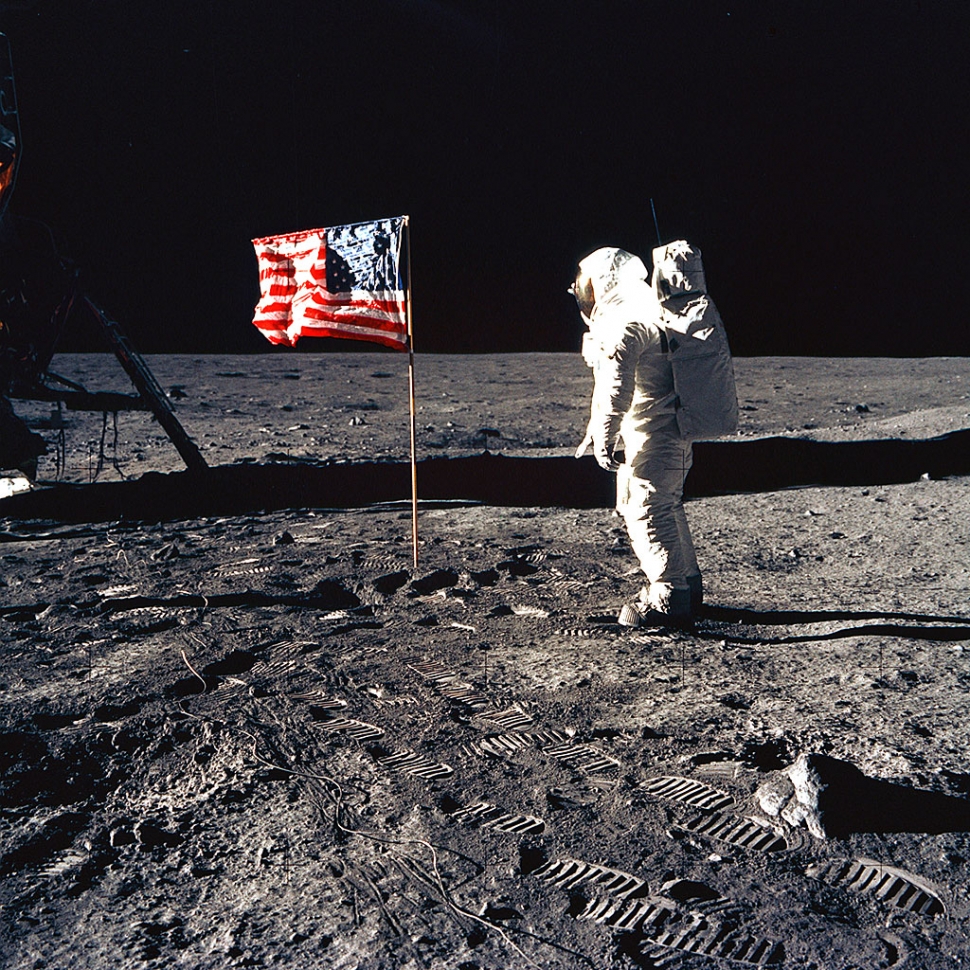|
Let’s Go to the Moon! The Lunar Missions
 Buzz on the Moon By Anonymous — Wednesday, March 6th, 2013
March 31 to June 24, 2013
Who: The California Oil Museum What: Exhibit, “Let’s Go to the Moon! The Lunar Missions” Where: 1001 E. Main Street, Santa Paula, CA When: APRIL 7 to JUNE 24, 2013 Why: The Moon is so important to us in many ways- come and find out why! We know more about many aspects of the Moon than we know about any world beyond our own, and yet we have barely begun to solve its countless mysteries. In the decades since the last Apollo landing on the Moon in 1972, there has been a widespread misperception that the Moon has already told us all the important things that it has to tell, that scientifically it is a “been there, done that” world. Nothing could be farther from the truth. Why is the moon important? The Moon is, above all, a witness to 4.5 billion years of solar system history, and it has recorded that history more completely and more clearly than has any other planetary body. Nowhere else can we see back with such clarity to the time when Earth and the other terrestrial planets—Mercury, Venus, and Mars—were formed and life emerged on Earth. Planetary scientists have long understood the Moon’s unique significance as the starting point in the continuum of the evolution of rocky worlds. Many of the processes that have modified the terrestrial planets have been absent on the Moon. The lunar interior retains a record of the initial stages of planetary evolution. Its crust has never been altered by plate tectonics, which continually recycle Earth’s crust; or by planet wide volcanism, which resurfaced Venus only half a billion years ago; or by the action of wind and water, which have transformed the surfaces of both Earth and Mars. The Moon today presents a record of geologic processes of early planetary evolution in the purest form. Its airless surface also provides a continuous record of solar-terrestrial processes. For these reasons, the Moon is priceless to planetary scientists: It remains a cornerstone for deciphering the histories of those more complex worlds. But because of the limitations of current samples and data derived from them, researchers cannot be sure that they have read these histories correctly. Now, thanks to the legacy of the Apollo program, it is possible to pose sophisticated questions that are more relevant and focused than those that could be asked more than three decades ago. Only by returning to the Moon to carry out new scientific explorations can we hope to close the gaps in understanding and learn the secrets that the Moon alone has kept for eons. |
